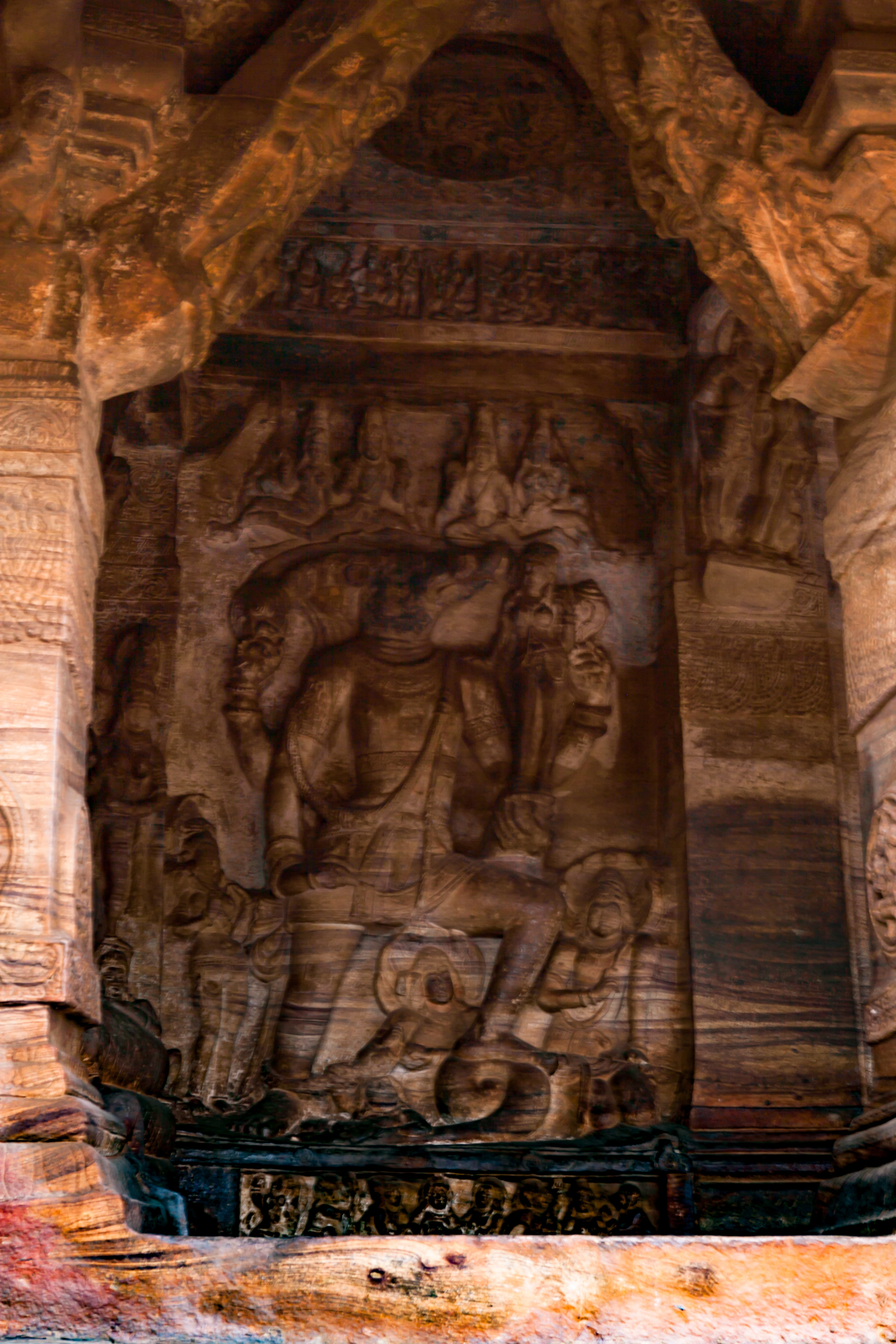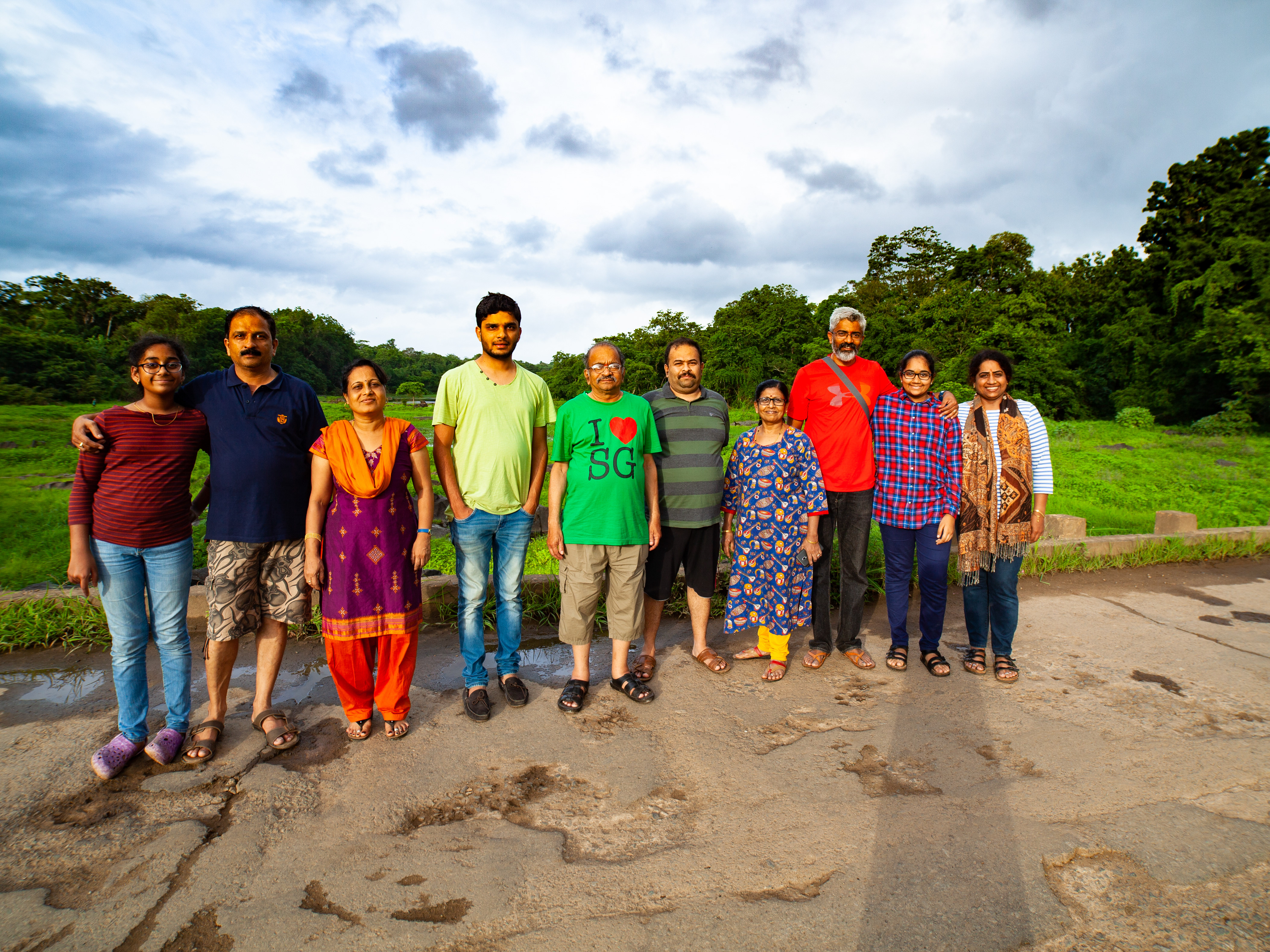The Vijaya Vittala Temple, situated in the historical city of Hampi, Karnataka, is a magnificent architectural marvel that stands as a testament to the artistic and engineering prowess of the Vijayanagara Empire.
Ancient Wonders: Badami Cave Temples
Explore the astonishing Badami Cave Temples, a collection of rock-cut wonders hewn from the very cliffs they adorn. These caves narrate religious stories through intricate carvings and architectural brilliance.
Explore the astonishing Badami Cave Temples, a collection of rock-cut wonders hewn from the very cliffs they adorn. These caves narrate religious stories through intricate carvings and architectural brilliance.
Aihole's Architectural Gems
Discover Aihole, often referred to as the "Cradle of Indian Architecture." This lesser-known gem boasts a treasure trove of ancient temples, each with its own unique architectural style, offering a glimpse into India's rich heritage.
Discover Aihole, often referred to as the "Cradle of Indian Architecture." This lesser-known gem boasts a treasure trove of ancient temples, each with its own unique architectural style, offering a glimpse into India's rich heritage.
Rock cut stone statues depicting the various incarnations of Vishnu the Hindu God.


Waterfalls on-route at the Western Ghats at Anshi Tiger Reserve, as it was a road trip.
Pattadakal's Temple Ensemble
Pattadakal presents a symphony of stone, with its cluster of intricately carved temples. This UNESCO World Heritage Site showcases the Chalukyan architectural prowess, taking visitors on a journey back in time.
Pattadakal presents a symphony of stone, with its cluster of intricately carved temples. This UNESCO World Heritage Site showcases the Chalukyan architectural prowess, taking visitors on a journey back in time.
Vijayanagar empire situated on the banks of the river Pampa. The visit to the riverside evokes a kind of nostalgic emotions about how this once beautiful and rich land could have been when the streets were lined up with gold artifacts for sale.
The Iconic Stone Chariot
Perhaps the most iconic feature of the temple complex is the Stone Chariot, which is often considered the emblem of Hampi. This intricately carved chariot is a symbolic representation of the divine vehicle of Lord Vishnu and showcases remarkable craftsmanship.
Vijayanagara Empire, was indeed celebrated in various historical texts and inscriptions. Ancient scholars and historians often made references to the Vijayanagara Empire as a whole, acknowledging its wealth, grandeur, and cultural richness.
Chinese travelers, known for their extensive journeys and detailed writings about various regions, did not specifically mention "Hampi" as it is known today. However, some Chinese travelers explored parts of South India during their visits and wrote about their experiences in the region. One such traveler is the renowned Chinese explorer, Xuanzang (also known as Hiuen Tsang), who visited India during the 7th century. While Xuanzang did not visit Hampi, his accounts provide valuable insights into the cultural and religious richness of Southern India during his time.
Xuanzang's writings primarily focused on the southern regions of India, particularly areas in and around present-day Tamil Nadu and Karnataka. He described various Buddhist monasteries, stupas, and temples that he encountered during his travels, shedding light on the flourishing religious and cultural activities in these regions.
While there might not be a direct reference to "Hampi" in Xuanzang's records, his writings offer a broader perspective on the cultural and religious landscape of Southern India during the period. His accounts remain important historical documents for understanding the history and traditions of the Indian subcontinent, even if they do not provide specific details about Hampi as a distinct location.










